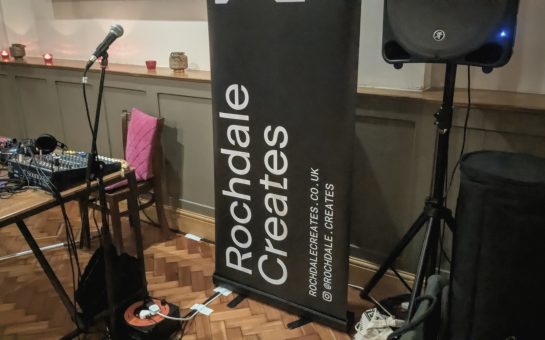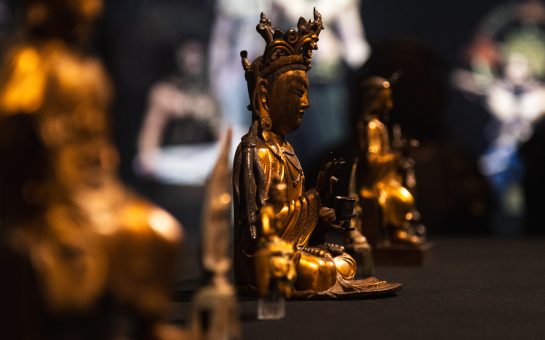Letters written by frontline soldiers to their professor during World War One are to go on display for the first time at the University of Manchester.
Aftermath, a free exhibition held at the John Rylands Library, will feature six specially commissioned works by University of Salford visual arts students alongside four letters written by Victoria University of Manchester students.
A total of 300 Victoria University of Manchester students lost their lives in the Great War, including Herbert Eckersley who was killed in action near Ypres in 1917.
Eckersley’s final letter was written just 15 days before his death to History Professor Thomas Frederick Tout, in which he expresses the hope that he will soon be back in Manchester and working on his thesis.
Jacqui Fortnum , co-curator and John Rylands Library Visitor Engagement Manager, said of the letters: “It is remarkable how in the face of such appalling experiences during war, so many people have found a way to be compassionate and creative.”
There were also letters to Professor Tout from conscientious objector J Stanley Carr who survived the war and fellow student Thomas Seymour Hurrell, who also survived the war, but died in 1918 during an influenza epidemic.
The whereabouts of the final student whose letter is featured, SL Connor, remained a mystery once the war ended.
The visual arts exhibition inspired by the archive research into the event, done by Visual Arts students from the University of Salford including Angie Nicholls, herself a former soldier who served in Iraq with the Territorial Army.
Jill Randall , artist and University of Salford Senior Lecturer for visual arts, said: “Archive research is creative thinking, a creative act, and has proved a source of huge inspiration for our B.A. Visual Arts students.
“It has alternatively amused and moved them to tears, and has produced very rich and varied responses, ranging from printed books to sculpture to textile pieces, each a personal response to a letter or set of letters, creating a new highway to the past, a new way of telling the story, reinvesting forgotten people and histories and making it relevant for the 21st Century.”
Also featured in public for the first time are three watercolour drawings, made on the front line by serving soldier Walter Phythian depicting scenes from the front, including maps and artistic impressions.
The exhibition also includes a poem by Katharine Tynan, an Irish Catholic whose writing was popular at the time of World War One, but is now largely forgotten.
Included in that display are letters to Katharine from bereaved members of the public and her most popular poem at the time “The Flower of Youth”.
Aftermath will run until June 29.
Photo courtesy of CreativeCommons, with thanks.



